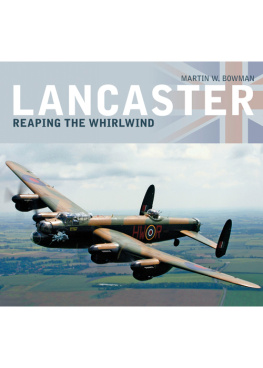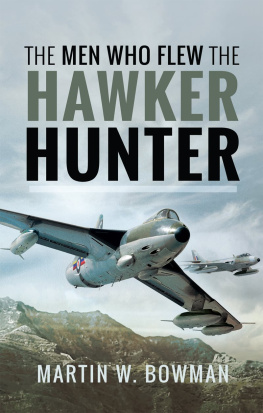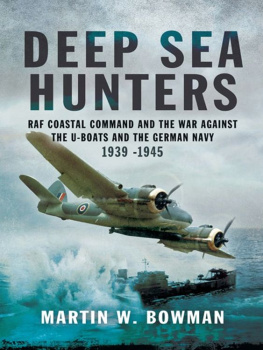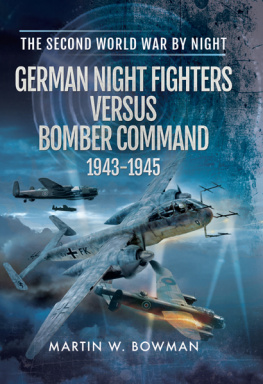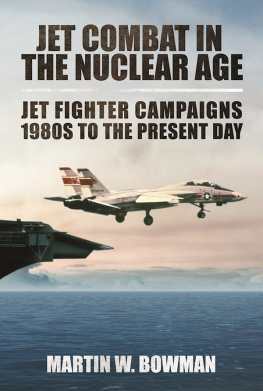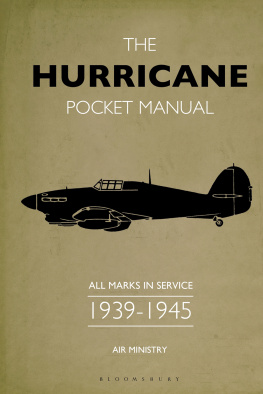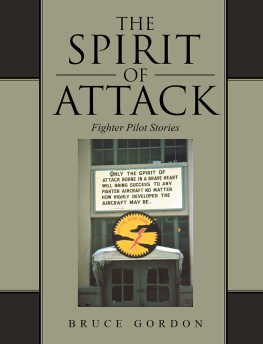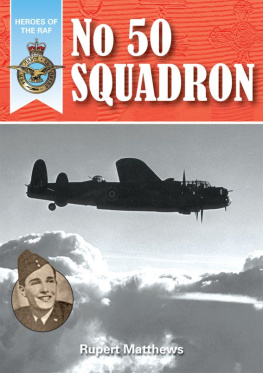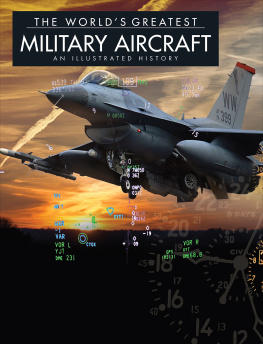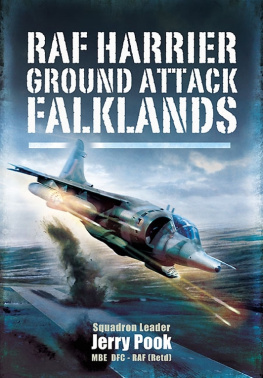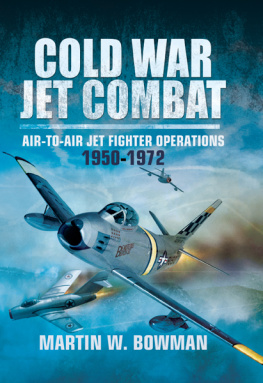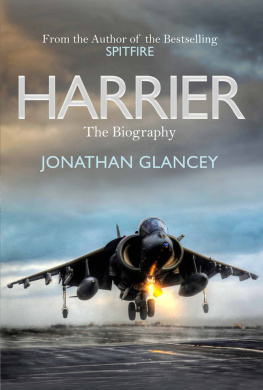First published in Great Britain in 2016 by
Pen and Sword Aviation
An imprint of
Pen & Sword Books Ltd
47 Church Street
Barnsley
South Yorkshire
S70 2AS
Copyright Pen & Sword Books, 2016
ISBN: 9781473837720
PDF ISBN: 9781473878716
EPUB ISBN: 9781473878709
PRC ISBN: 9781473878693
The right of Martin Bowman to be identified as Author of this work has been asserted by him in accordance with the Copyright, Designs and Patents Act 1988.
A CIP catalogue record for this book is
available from the British Library
All rights reserved. No part of this book may be reproduced or transmitted in any form or by any means, electronic or mechanical including photocopying, recording or by any information storage and retrieval system, without permission from the Publisher in writing.
Printed and bound by Replika Press
Pen & Sword Books Ltd incorporates the Imprints of Pen & Sword Aviation, Pen & Sword Family History, Pen & Sword Maritime, Pen & Sword Military, Pen & Sword Discovery, Wharncliffe Local History, Wharncliffe True Crime, Wharncliffe Transport, Pen & Sword Select, Pen & Sword Military Classics, Leo Cooper, The Praetorian Press, Remember When, Seaforth Publishing and Frontline Publishing
For a complete list of Pen & Sword titles please contact
PEN & SWORD BOOKS LIMITED
47 Church Street, Barnsley, South Yorkshire, S70 2AS, England
E-mail:
Website: www.pen-and-sword.co.uk
Contents

Acknowledgements
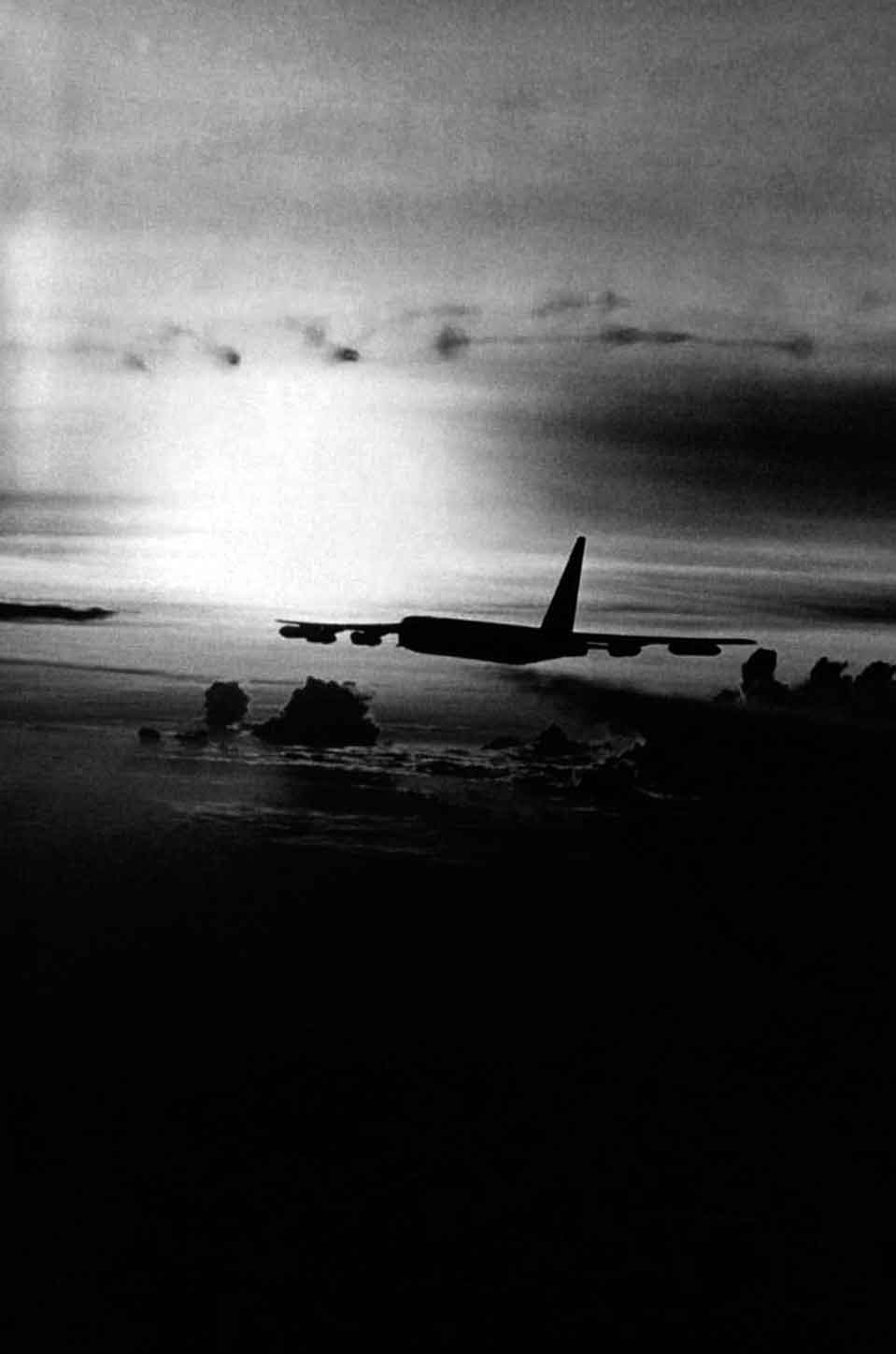
I am indebted to David Mog Morgan for kind permission to quote from his book Hostile Skies: My Falklands Air War and for all his help with proofing and photos. David Morgan became the most successful pilot of the Falklands war with four enemy aircraft destroyed and he was awarded the Distinguished Service Cross by the Royal Navy - he is one of only a handful of RAF officers to receive it and he accepted it with great pride and honour. He later became a commercial airline pilot. My thanks also go to Claudio Meunier for kindly providing Argentinian images and text and to Steve Rissi for kindly providing photos and information on his late father..
Thanks also go to my fellow author, friend and colleague, Graham Simons, for getting the book to press ready standard and for his detailed work on the photographs; to Pen & Sword and in particular, Laura Hirst; and Jon Wilkinson, for his unique jacket design once again.
Dedication
I heard the last B-52 stationed at Carswell AFB before I saw it. The eight turbojet engines have a distinctive sound at low altitudes and this one sounded much lower than I was used to hearing over that part of Fort Worth. Me and a few others working at Fort Worth Bolt & Tool Co. went outside and watched as the huge bomber trailing black engine exhaust, flew towards the Fort Worth skyline. As the pilot was over the centre of down town Fort Worth he gently rolled the B-52 back and forth rocking the wings to say goodbye to Fort Worth, which had been home to the 7th Bomb Wing and its B-52 crews and support personnel since 1958. Many people parked next to the runway to watch B-52s come in for a landing and see the big bomber deploy a drag chute from the rear of the aircraft. It was as sight to awe anyone, but the noise must have made living next to the base unfortunate for those needing some sleep or just some peace and quiet. The Dallas Fort Worth metroplex was not as the defense secretary of the time stated, a good place for nuclear bombers.
As I watched that last B-52 disappear to the east of down town Fort Worth I had a feeling of nostalgia, for the B-52 had been a huge part of my life though I never flew in one. My father had spent 22 years in the Air Force, as an engine mechanic on C-47s and then as a tail gunner on the B-52. My childhood revolved around the B-52 and its missions during the Cold War and Vietnam era. My dad was first stationed at Altus AFB in south west Oklahoma. Back then the B-52s were silver on top and white on the bottom to help reflect the nuclear flash away from the bomber if it ever had to perform its primary mission. The shield of the Strategic Air Command was on all the B-52s and SAC had the motto of Peace is Our Profession. After eight years at Altus AFB dad was stationed at Columbus AFB in Mississippi. The B-52s there took on a new menacing look. The tops were camouflaged and the bottoms black to absorb searchlights when over targets at night. They were being prepared for war in SE Asia. The huge all black vertical tail fin always reminded me of giant sharks. My dad flew airborne alert two or three times a week. Every other week he would have to live at the alert pad near the end of the runway where three B-52s were fuelled up, loaded with nuclear warheads, ready to take off if the alert sounded. These every other week assignments, 24 hours a day for seven days straight, was hard on the families of the bomber crews. Picnic tables were set up outside the security fence of the alert pad and families could picnic with the crew members or just spend some time together. If the alert sounded the crew member had just a short sprint to the bombers that were ready for nuclear war with the Soviet Union. Once the alert would sound while we were there and off my dad ran. We watched as the B-52s started up and taxied to the runway. The crews, or families for that matter, never knew if it was real or just a drill to test the crews readiness. Sometimes they did not know until they were in the air that it was just a drill. Life was nerve-wracking enough for the crew members and their families knowing that they were on the front lines of the Cold War. To make matters worse the war in Vietnam was added to the mix.
The first of two times the Bomb Wing deployed to SE Asia my dad came home from the base with a .38 calibre gun and holster. He was leaving for war that very day and the weapon which he brought home made it all the more real. We rode with him to a large hangar at the base and there all the bomber crews and their families were together as the crew members and support groups made the necessary preparations for departure. Then came the last hugs and kisses and off the fathers and husbands of the wing went on the B-52s and KC-135 refuelling aircraft to Vietnam. At first tours in SE Asia for B-52 crews were six months in duration. My dads last tour was just four months. He flew over 200 combat missions during his three tours. He received a double bonus certificate twice, when one of the B-52s in the formation had errors with its bombing computer and dad used the radar on his gun scope to line up the B-52 precisely behind his bomber. When his B-52 dropped its bombs, the B-52 he was guiding followed and this allowed more bombs on target than would have been possible without his assistance. He never had an opportunity to fire on enemy aircraft; very few tail gunners did until the end of the war when B-52s were striking major targets in North Vietnam. My dad has often said this was the best job he ever had. He used to tell me about the so called cat walk that he would have to crawl from one end of the bomber to the other on and that it went along the length of the fuselage. As a drill in case of depressurization the tail gunners were timed on how fast they could crawl from the rear of the bomber to the front. He said some gunners cheated by running across the closed bomb bay doors but he was always afraid the bombardier would cycle the doors if he tried that and he might get some unplanned practice parachuting!
Next page

